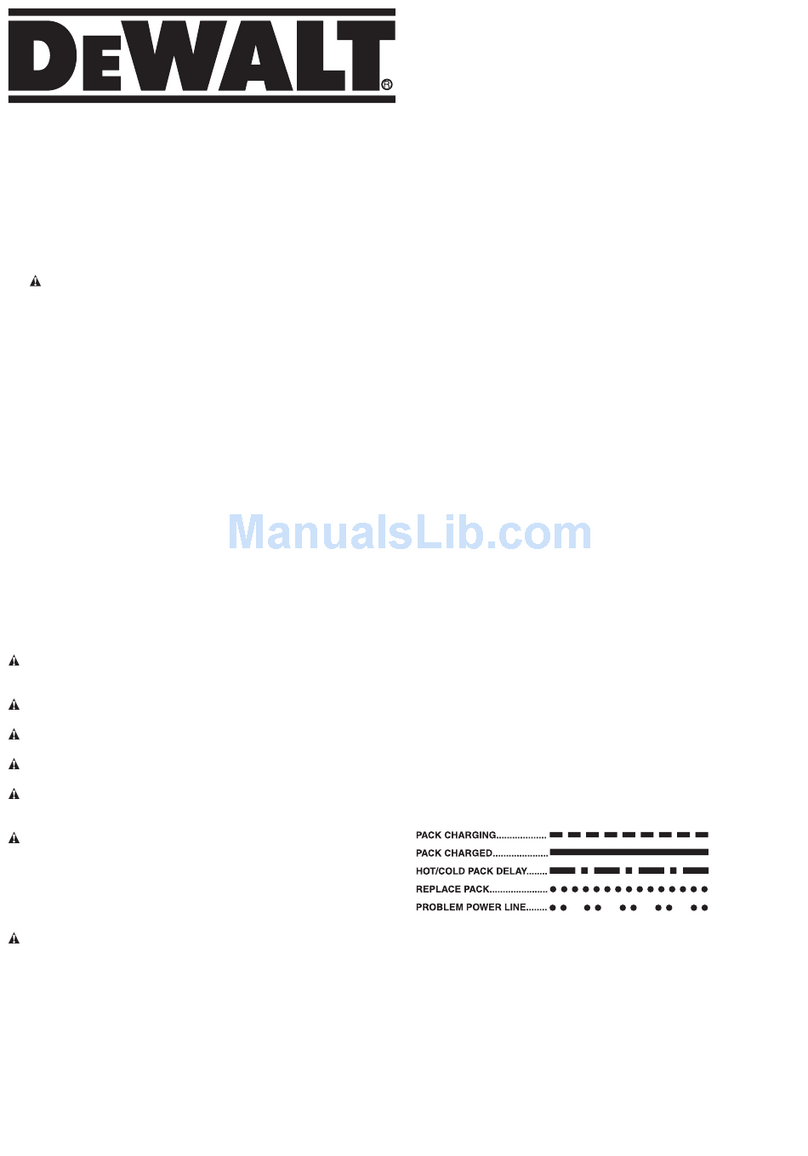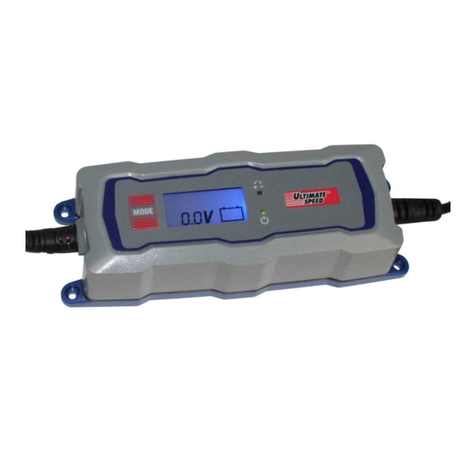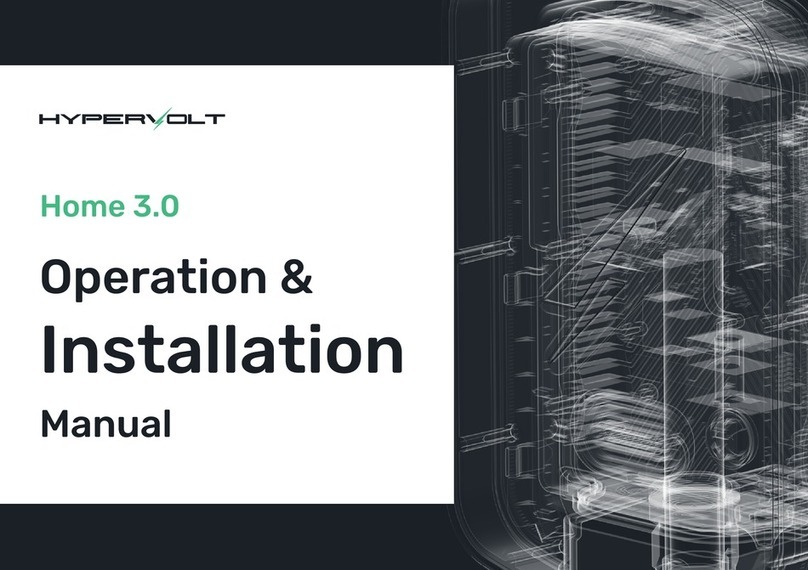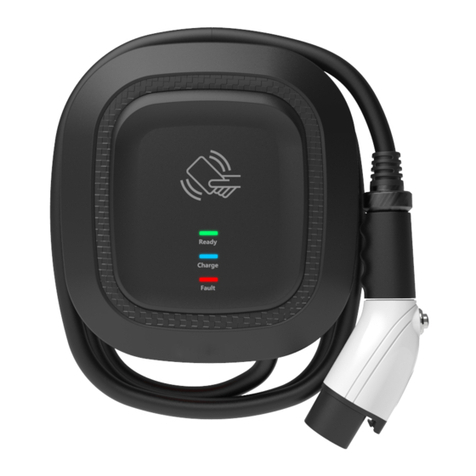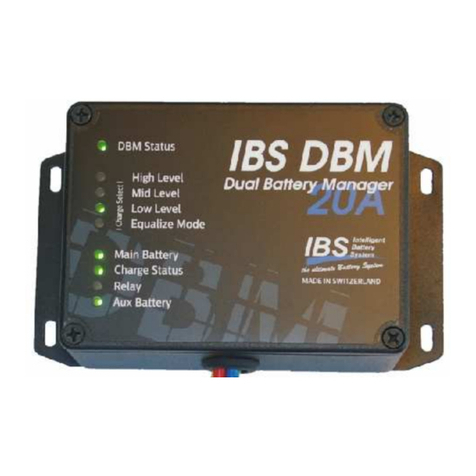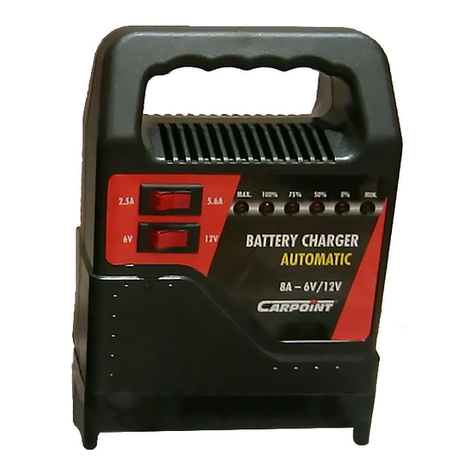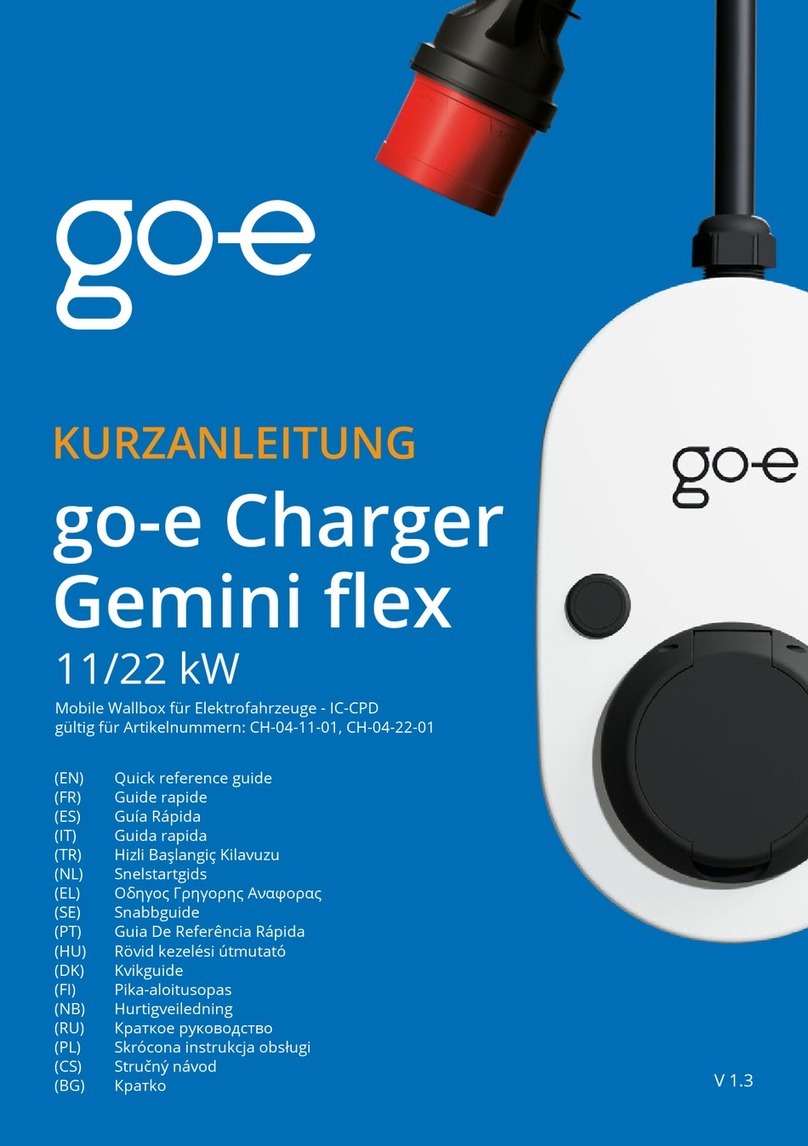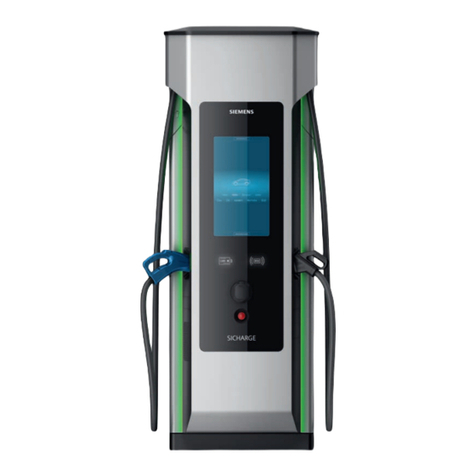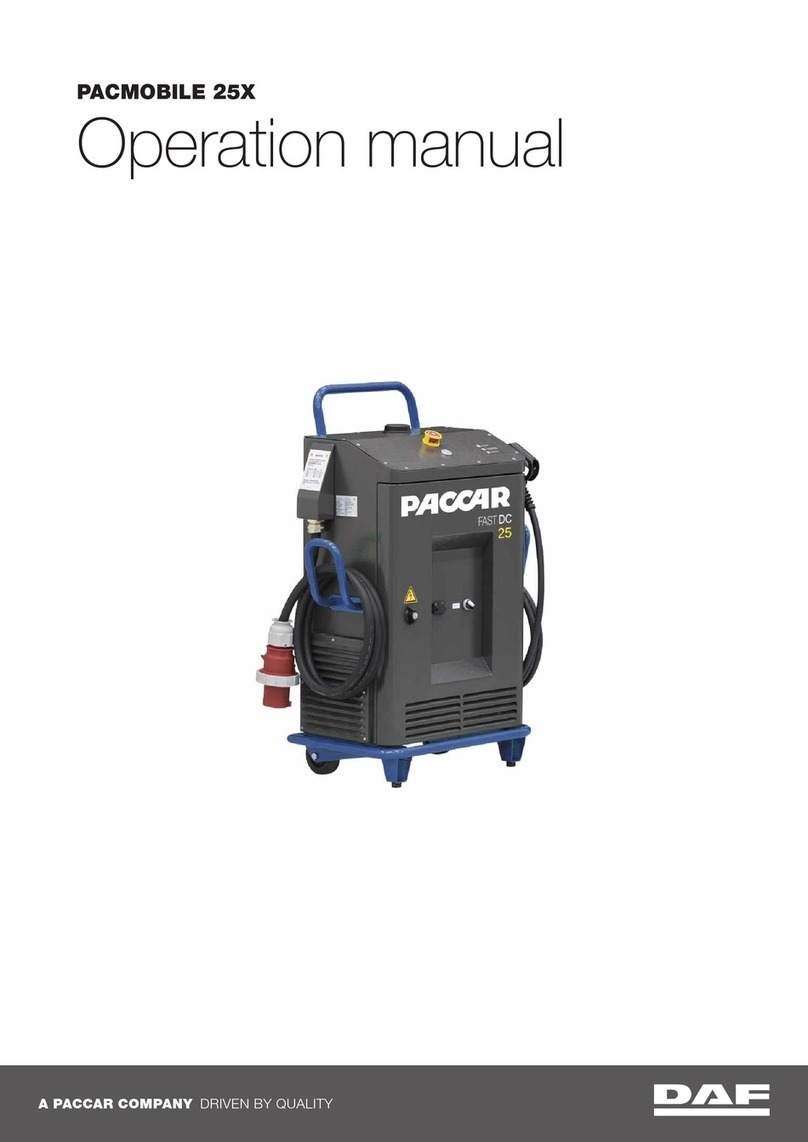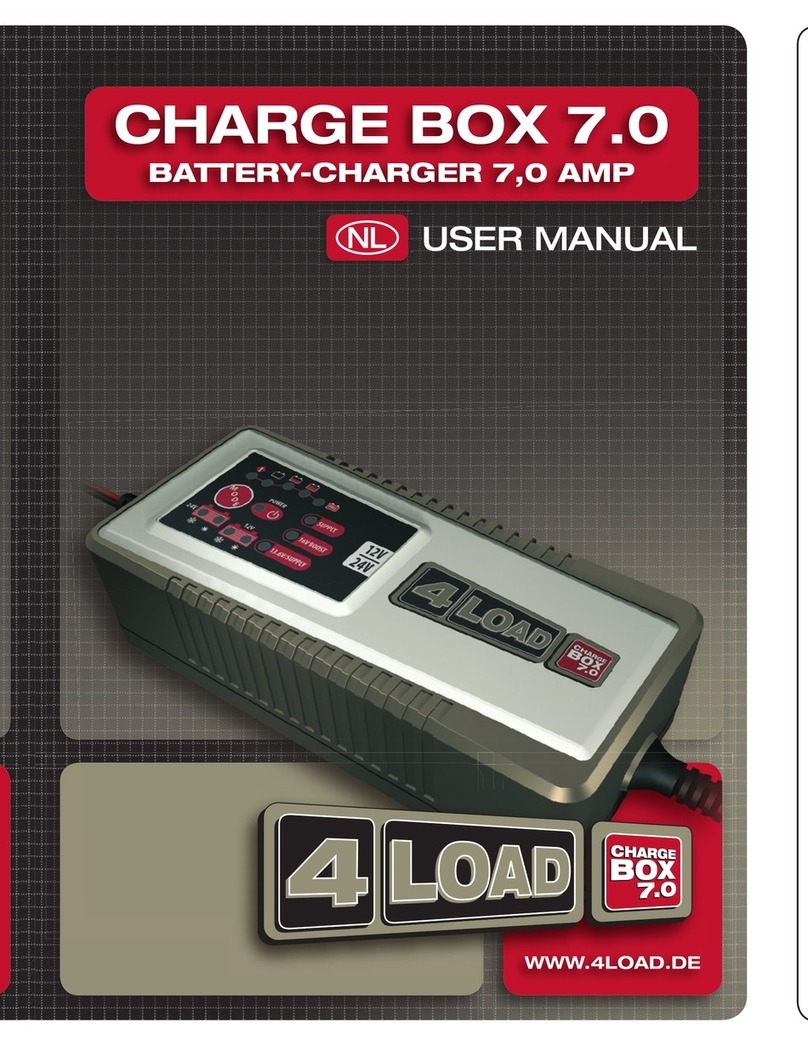ELINTA CHARGE CityCharge Mini2 User manual

1
Public Electric Vehicle Charging station
CityCharge Mini2
Installation Manual
Elinta Charge, UAB | Partizanu g. 63M, Kaunas 50306, Lithuania | www.elintacharge.com

2
Manufacturer’s Information:
Elinta Charge, UAB and the Elinta Charge logo are trademarks of Elinta Charge, UAB
Corporate names, trademarks, registered trademarks, service marks, symbols, and logos stated herein are property of their respective companies.
Specifications are subject to change without notice. Images of the chargers are representative; production models may vary.
No portion of these materials may be duplicated, used or disclosed without prior written permission from Elinta Charge, UAB
Disclaimer: This installation manual includes the latest information available at the time of printing. Elinta Charge, UAB reserves the right to make changes to this
installation manual and/or product without further notice. Changes or modifications to this product not completed by an authorized service provider could void the
product warranty.
Elinta Charge,UAB
Partizanų g. 63M,
LT-50306 Kaunas
Lithuania
Phone: +370 653 66633
Website: www.elintacharge.com
© 2022 Elinta Charge, UAB All rights reserved.

3
Contents
INTRODUCTION....................................................................................................................................... 5
1.1 Purpose of the Manual........................................................................................................... 6
1.2 Qualied Personnel ................................................................................................................ 6
1.3 Symbol Usage ......................................................................................................................... 6
1.4 High Voltage Warning............................................................................................................. 7
1.5 Important Safety Instrucons................................................................................................. 7
1.6 Addional Safety Informaon ................................................................................................ 8
1.7 Repair and Maintenance Clause............................................................................................. 8
1.8 Denions............................................................................................................................... 9
1.9 Moving, Transporng and Storage instrucons................................................................... 10
PREPARATION....................................................................................................................................... 11
2.1 Site Selecon ........................................................................................................................ 12
2.2 Electrical Requirements........................................................................................................ 15
2.3 Wiring Recommendaons .................................................................................................... 16
INSTALLATION....................................................................................................................................... 17
3.1 Charging Staon Overview ................................................................................................... 18
3.2 Charging Staon Specicaons ............................................................................................ 19
3.3 Charger Internal Components .............................................................................................. 20
EC Declaraon of conformity............................................................................................................ 21
3.4 Charging Staon unpacking.................................................................................................. 22
3.5 Tools and Consumables........................................................................................................ 23
3.6 Mounng Plate Preparaon................................................................................................. 23
3.7 Wall Mounng The Charging staon.................................................................................... 24
3.8 Connecng The Power Cable................................................................................................ 28
3.9 Single Power Input................................................................................................................ 31
3.10 Single Power Input Connecon Schemac........................................................................... 34
3.11 Double Power Input.............................................................................................................. 35
3.12 Dual Power Input Connecon Schemac............................................................................. 36
3.13 Power Supply Cable Introducon......................................................................................... 37
3.14 Ethernet Cable Introducon (Oponal)................................................................................ 37
3.15 DLM Data Cable Introducon (Oponal).............................................................................. 37
3.16 LAN Cable Connecon (oponal).......................................................................................... 38
3.17 GSM Modem Sengs And Setup (oponal)......................................................................... 39
3.18 Alternave LAN Connecon .................................................................................................. 41
3.19 Dynamic Load Management Wiring (oponal) ................................................................ 42
3.20 Dynamic Load Management Connecon Diagram........................................................... 46

4
INITIAL STARTUP ...................................................................................................................................47
4.1 First Time Start-UP ................................................................................................................48
4.2 Charger Boot Sequence.........................................................................................................49
SETTINGS AND TESTING........................................................................................................................52
5.1 RCD Type B (oponal) ...........................................................................................................53
5.2 RCD Type A and Type B Tesng.............................................................................................54
5.3 Dynamic Load Management Setup online (oponal) ...........................................................55
5.4 Payment Soluon Using The Payter (oponal).....................................................................57
5.5 Using The Payter Payment Terminal.....................................................................................58
5.6 Seng Up The Price Rules For Payter..................................................................................59
TROUBLESHOOTING..............................................................................................................................62
WARRANTY............................................................................................................................................65
7.1 Warranty Rules and Condions............................................................................................66
7.2 Warranty Does Not Apply:....................................................................................................66
7.3 Not Included Into The Warranty:..........................................................................................67
7.4 In Case of Breakdown............................................................................................................67
7.5 Final Thoughts.......................................................................................................................68

5
Chapter 1
INTRODUCTION
Table of contents
